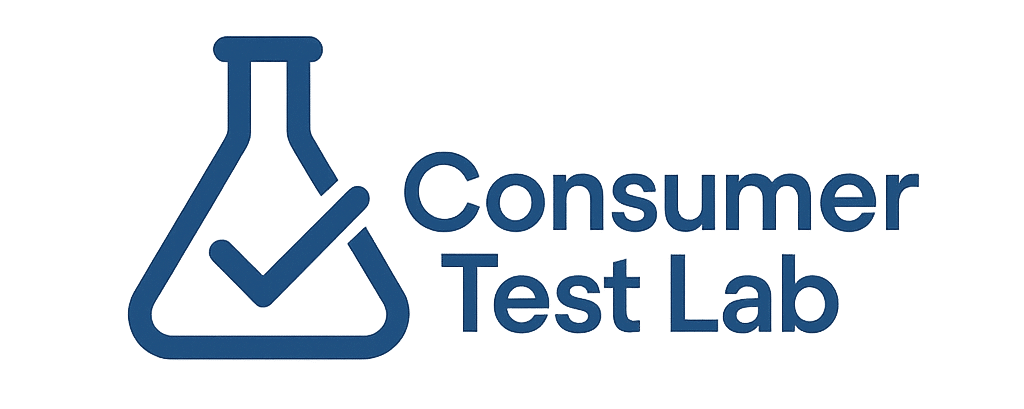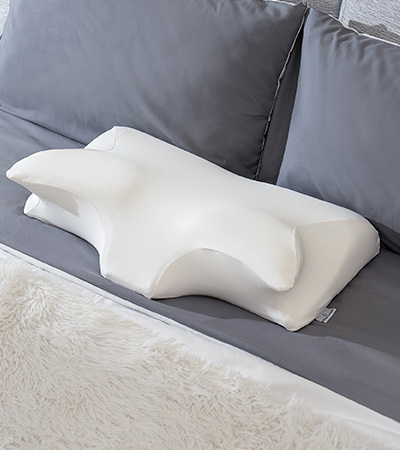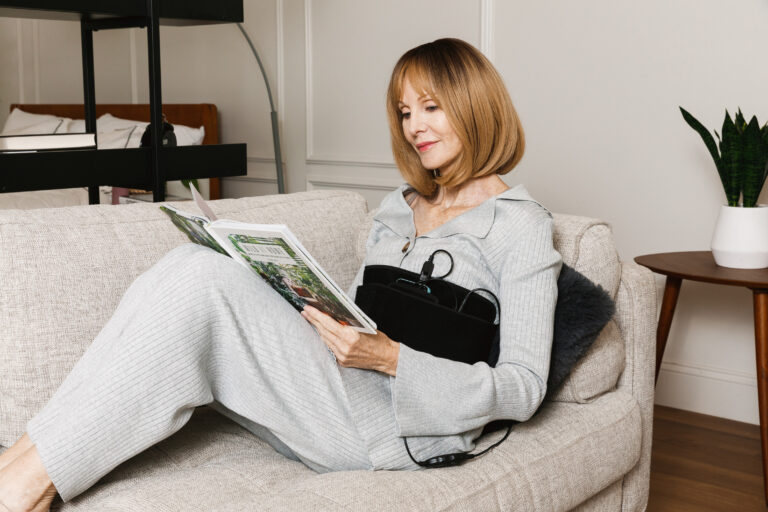Sleep Shield Mouth Tape Review: A Month of Better Sleep?
Most nights, I’d wake up with a parched mouth, sometimes a headache, and my wife would occasionally nudge me about my snoring. After reading about the benefits of nasal breathing during sleep, I decided to try mouth taping. After researching various options, I settled on Sleep Shield Mouth Tape and have been using it for about a month. This review covers my experience, what worked, what didn’t, and whether it might be worth trying for your sleep issues.

Quick Summary
After consistent use for a month, I’ve found Sleep Shield Mouth Tape to be a simple but effective solution for reducing snoring, preventing dry mouth, and improving overall sleep quality. The medical-grade adhesive is gentle on skin (even with my sensitive skin), and the design allows for easy application and removal. While not a miracle cure for severe sleep disorders, it’s a practical option for addressing mouth breathing during sleep. The current price point is reasonable compared to other specialized mouth tapes on the market.
| Pros | Cons |
|---|---|
| ✅ Effectively reduces snoring | ❌ Takes a few nights to get used to |
| ✅ Gentle on sensitive skin | ❌ Not suitable for severe nasal congestion |
| ✅ Prevents dry mouth and throat | ❌ May not stay on all night for heavy sleepers |
| ✅ Easy to apply and remove | ❌ More expensive than generic medical tape |
| ✅ Comfortable, even with facial hair | ❌ Requires consistent use for habit formation |
Why People Try Mouth Taping
Before diving into my experience with Sleep Shield specifically, it’s helpful to understand why mouth taping has become increasingly popular. From my research and conversations with other users, several key reasons stand out:
Better Sleep Quality
Many people turn to mouth taping primarily to improve sleep quality. Breathing through your nose while sleeping filters and humidifies the air, potentially leading to more restful sleep and increased energy during the day. One Reddit user summed up what many experience: “The results were pretty immediate as in, the next morning I felt more rested, I felt better able to take on my day, and mid-day sleepiness was reduced or not present at all.”
Reducing Snoring
Snoring is often caused by mouth breathing during sleep. By gently keeping the mouth closed, tapes like Sleep Shield encourage nasal breathing, which can significantly reduce or eliminate snoring. This benefits both the snorer and their partner. As one online commenter noted: “It kept me from having to sleep in a separate room as it reduced my snoring to negligible levels.”
Preventing Dry Mouth
Mouth breathing overnight can lead to a parched feeling in the morning, sometimes accompanied by bad breath or even dental issues over time. Many users report waking up with a more comfortable mouth after using mouth tape, noting: “I wake up with a mouth that isn’t wretchedly dried out.”
CPAP Support
For those who use CPAP machines with nasal masks, mouth tape can help prevent air leaks that occur when the mouth falls open during sleep. This was highlighted by several users in online discussions: “My mouth stays closed all night and I rarely have any leaks on my CPAP stats.”
Sleep Shield Features
Design and Materials
Sleep Shield uses what the company describes as “medical-grade adhesive” that’s dermatologist-tested and designed for sensitive skin. The tape has a rectangular shape with a small center vent that allows limited airflow in case of nasal congestion.
Unlike some cheaper alternatives, Sleep Shield is specifically designed for facial use, with adhesive that’s strong enough to stay in place overnight but gentle enough to remove painlessly in the morning.
Ease of Use
Application is straightforward – you simply peel off the backing and place the tape over your lips before going to sleep. The tape features easy-grab tabs that make removal in the morning simple and pain-free. This design consideration might seem minor, but it makes a significant difference in daily use.
Comfort Features
Sleep Shield’s design includes:
- Breathable material that doesn’t feel suffocating
- Flexible adhesive that moves with your facial expressions
- Edges that don’t dig into skin or cause irritation
- Compatibility with facial hair (an important feature for me as I have a beard)
My Experience Using Sleep Shield
First Week: Adjustment Period
I won’t pretend the first night was completely comfortable. Having something over my mouth while sleeping felt strange, and I was conscious of it for about 20 minutes before falling asleep. I woke up once during the night feeling slightly panicked, but quickly remembered the tape and calmed down.
By night three, I was getting used to the sensation, and by the end of the first week, putting on the tape had become a natural part of my bedtime routine. My wife noticed reduced snoring by day four, which was encouraging.
Weeks 2-3: Noticeable Improvements
During the second week, I began waking up without the dry mouth that had previously been my morning norm. I also noticed that I felt more refreshed upon waking, with less of that groggy, heavy-headed feeling I’d often experienced.
My wife confirmed that my snoring had decreased significantly, though not disappeared entirely. She estimated that it was about 70% quieter, which was enough to prevent it from disturbing her sleep.
By week three, I was experiencing fewer morning headaches (which I now suspect were related to dehydration from mouth breathing), and I was finding it easier to get up in the morning.
Week 4: Habit Formation
By the fourth week, putting on the tape before bed had become automatic. I even found myself naturally breathing through my nose more during the day, suggesting that the nighttime habit was influencing my daytime breathing patterns too.
One unexpected benefit was that I started waking up less frequently during the night. Whether this was directly due to the tape or simply a result of better breathing and sleep quality is hard to say, but the improvement was welcome.
The only real downside I noticed was that on nights when I had even mild nasal congestion (from allergies or a slight cold), I found the tape uncomfortable and had to remove it. This is something to consider if you frequently experience nasal issues.
Comparing Sleep Shield to Alternatives
I tried a few alternative approaches before settling on Sleep Shield:
Regular Medical Tape
Before purchasing Sleep Shield, I experimented with regular medical tape from my first aid kit. While this worked in terms of keeping my mouth closed, it had several drawbacks:
- It was harder to position correctly
- The adhesive was either too strong (painful to remove) or too weak (fell off)
- It didn’t have breathing vents for safety
- It often left sticky residue on my face
Other Branded Mouth Tapes
I also tried one other branded mouth tape product (not naming specifics). While it was functional, I found Sleep Shield more comfortable, particularly with my facial hair. The other product tended to pull more when being removed.
Cost Comparison
Sleep Shield is more expensive than regular medical tape but comparable to other specialized mouth tapes. Given the comfort and design features, I consider it worth the price difference over medical tape, though budget-conscious users might disagree.
As one online commenter noted about specialized tapes: “I am not loving the price per month for the fancy strips – does anyone have a cheap hack for this?” For those concerned about cost, regular hypoallergenic medical tape is a viable alternative, though less comfortable.
Who Might Benefit from Sleep Shield
Based on my experience and research, Sleep Shield might be particularly helpful for:
- Snorers and their partners looking for a non-invasive solution
- People who wake with dry mouth or throat regularly
- Those with morning headaches potentially related to mouth breathing
- CPAP users who experience mask leaks due to mouth breathing
- Anyone looking to improve sleep quality through better breathing
- Those with beards or sensitive skin who need a gentle adhesive
It’s probably not ideal for:
- People with significant nasal congestion or difficulty breathing through their nose
- Those with certain respiratory conditions (consult a doctor first)
- Anyone with allergies to adhesives or tape materials
Final Thoughts
After a month with Sleep Shield, I consider it a worthwhile purchase that has noticeably improved my sleep quality and morning comfort. The reduced snoring has benefited both my wife and me, and I appreciate waking up without a dry mouth.
What I find most interesting is how such a simple intervention can make a meaningful difference. It’s not a miracle product that will transform terrible sleep into perfect rest, but it addresses specific issues related to mouth breathing in a straightforward, non-invasive way.
For the price (about the cost of two fancy coffees for a month’s supply), it seems like a reasonable investment in better sleep. The 90-day money-back guarantee also reduces the risk of trying it.
While I’m somewhat skeptical of products that make bold claims about transforming health, my experience with Sleep Shield has been positive enough that I plan to continue using it. As someone noted in an online comment: “Taping my mouth shut has changed the way I LIVE.” While I wouldn’t go quite that far, I would say it’s changed my mornings for the better.
Common Questions
Is it safe to tape your mouth shut while sleeping?
For most people, when done correctly with proper tape designed for this purpose, mouth taping is safe. Sleep Shield includes a small vent design that allows limited mouth breathing if necessary. However, anyone with respiratory issues, severe nasal congestion, or sleep apnea should consult a healthcare provider before trying mouth taping.
How long does it take to see results?
I noticed reduced snoring within the first week and improvements in dry mouth and morning energy within two weeks. Some users report immediate benefits from the first night.
Does the tape leave residue or irritate skin?
In my experience, Sleep Shield removes cleanly without residue. I have moderately sensitive skin and experienced no irritation, even with nightly use.
Can you use it with a beard?
Yes, it works with facial hair. I have a short beard and found Sleep Shield adhered well without painful pulling during removal, which was a concern I had initially.
Is it really better than regular medical tape?
The main advantages are the safety vent, easier application/removal, and gentler adhesive designed specifically for facial skin. Whether these benefits justify the price difference is a personal decision.
Have you tried mouth taping for sleep? Share your experience in the comments below!







